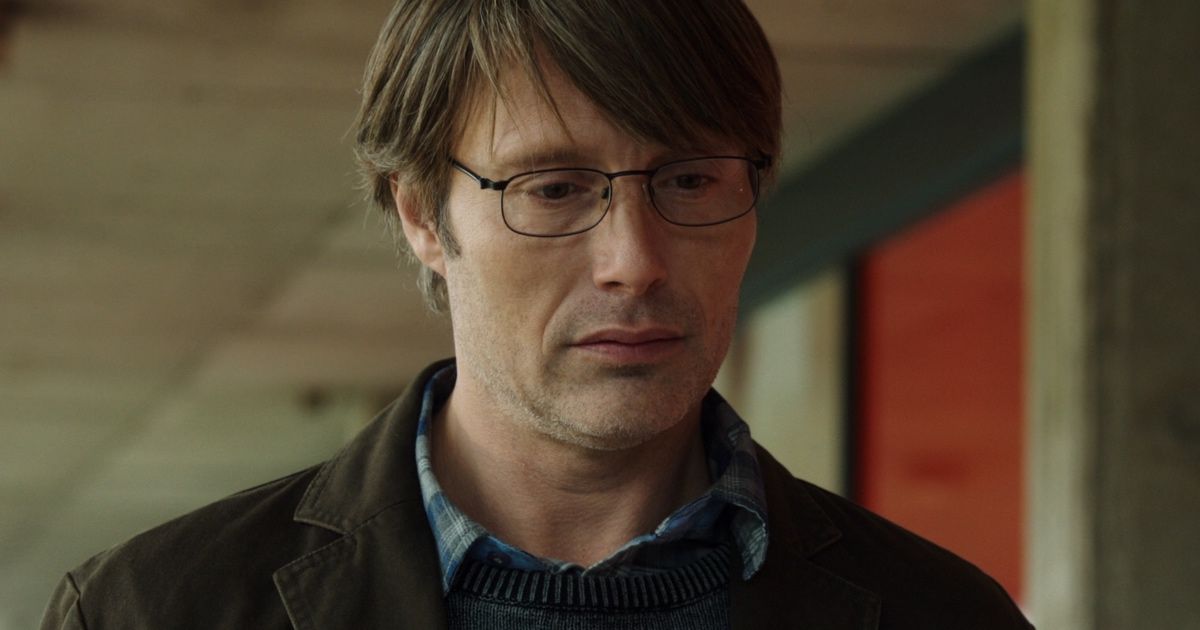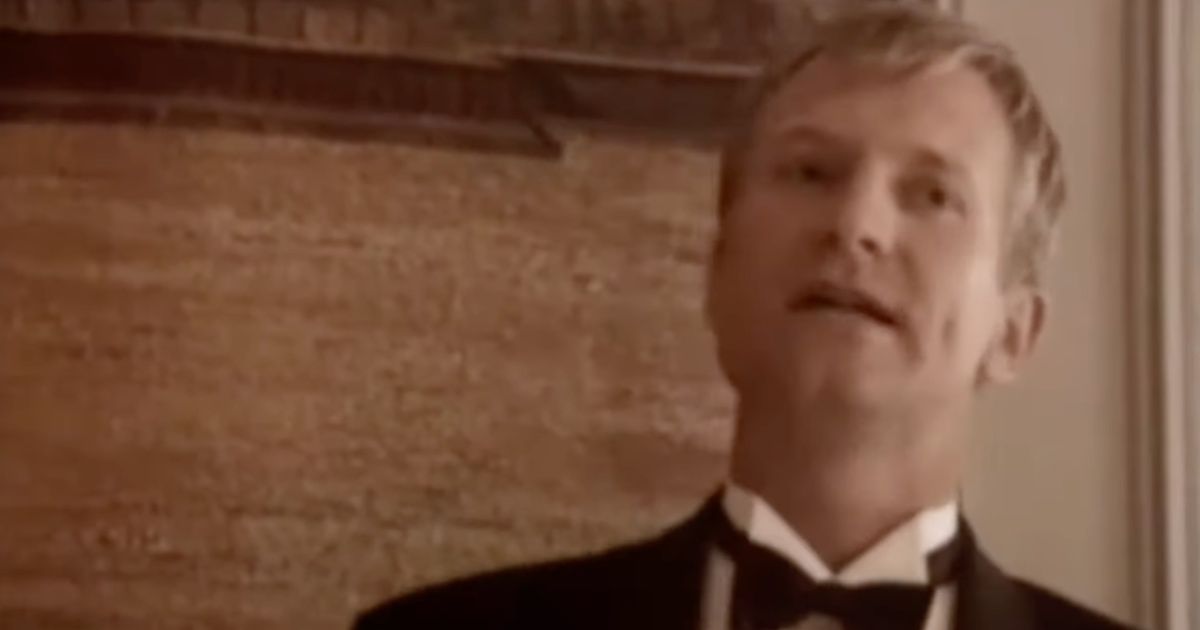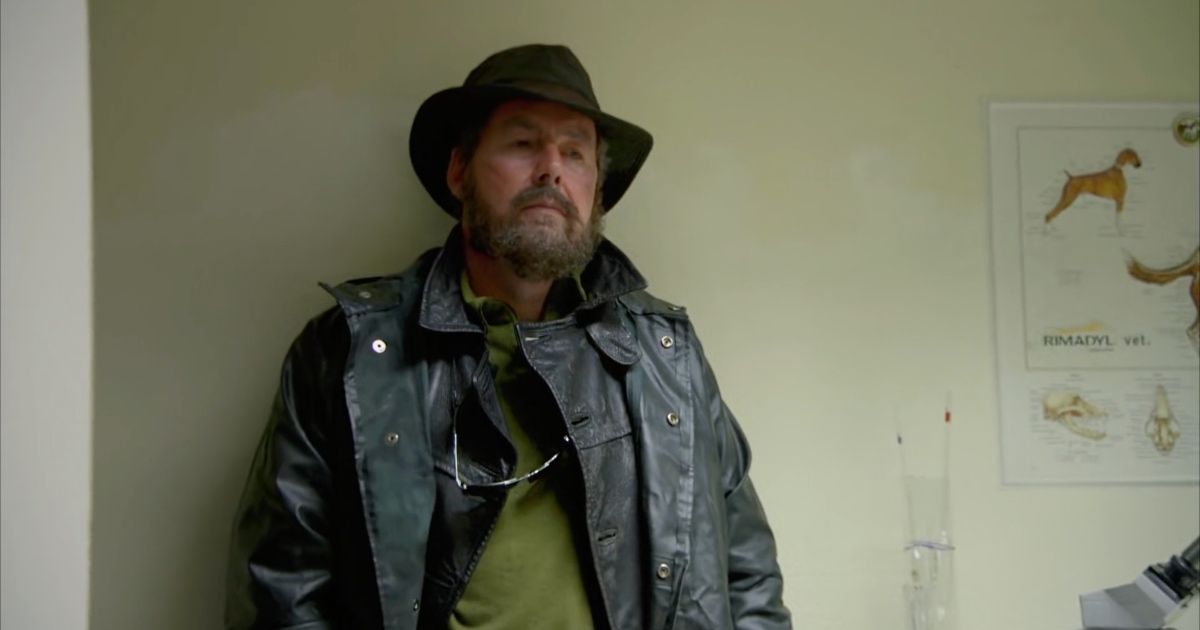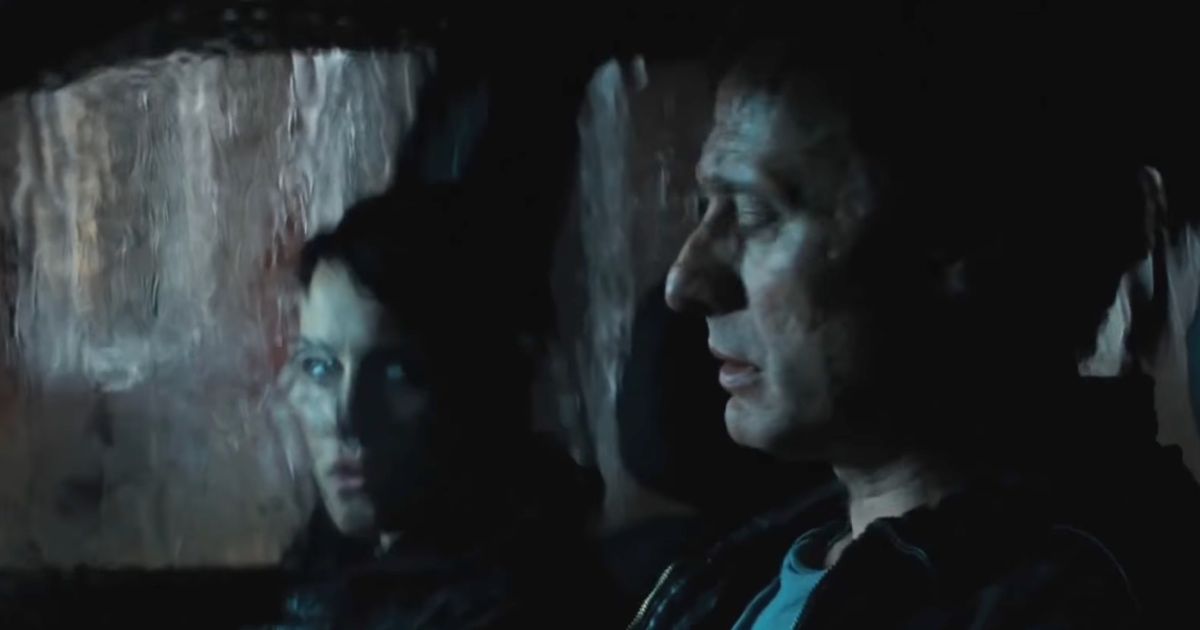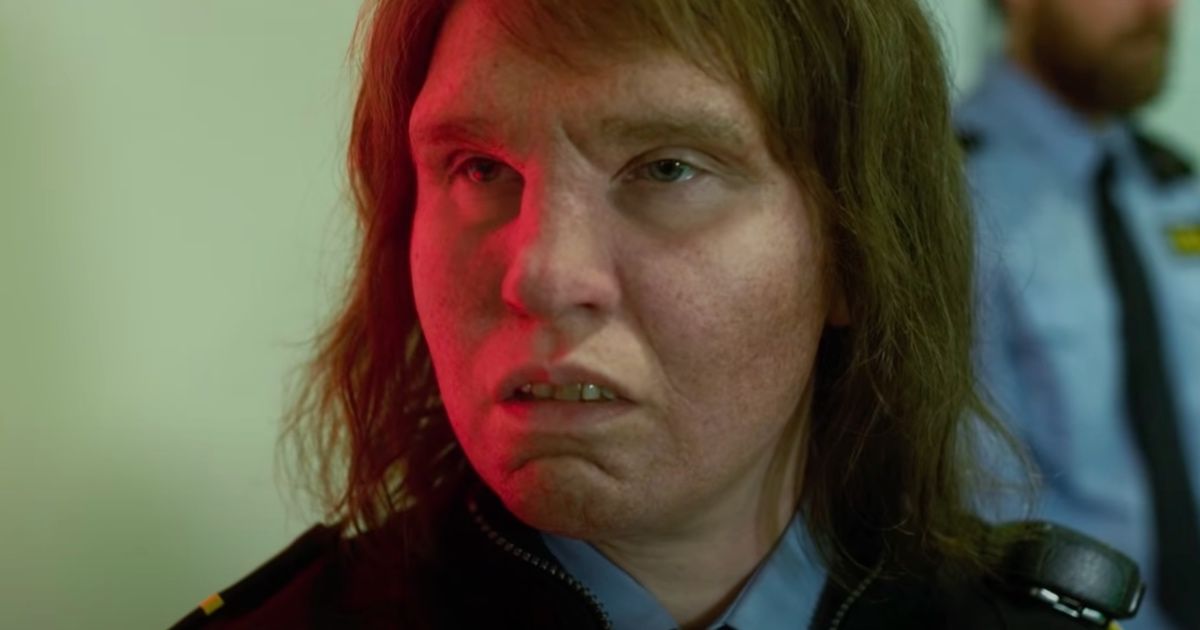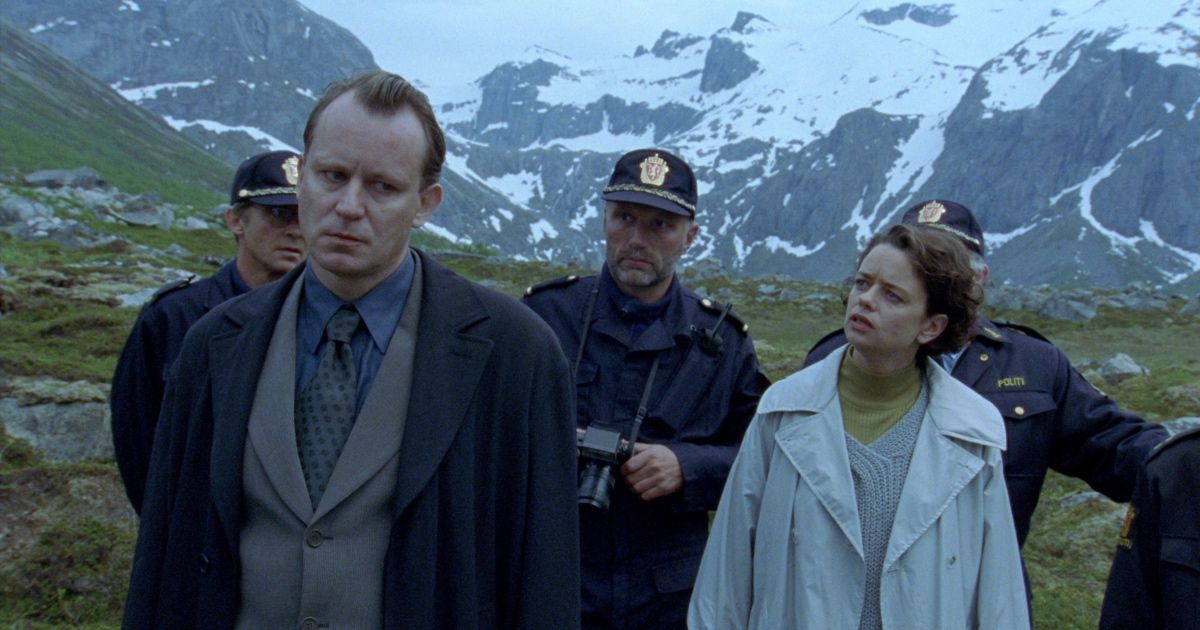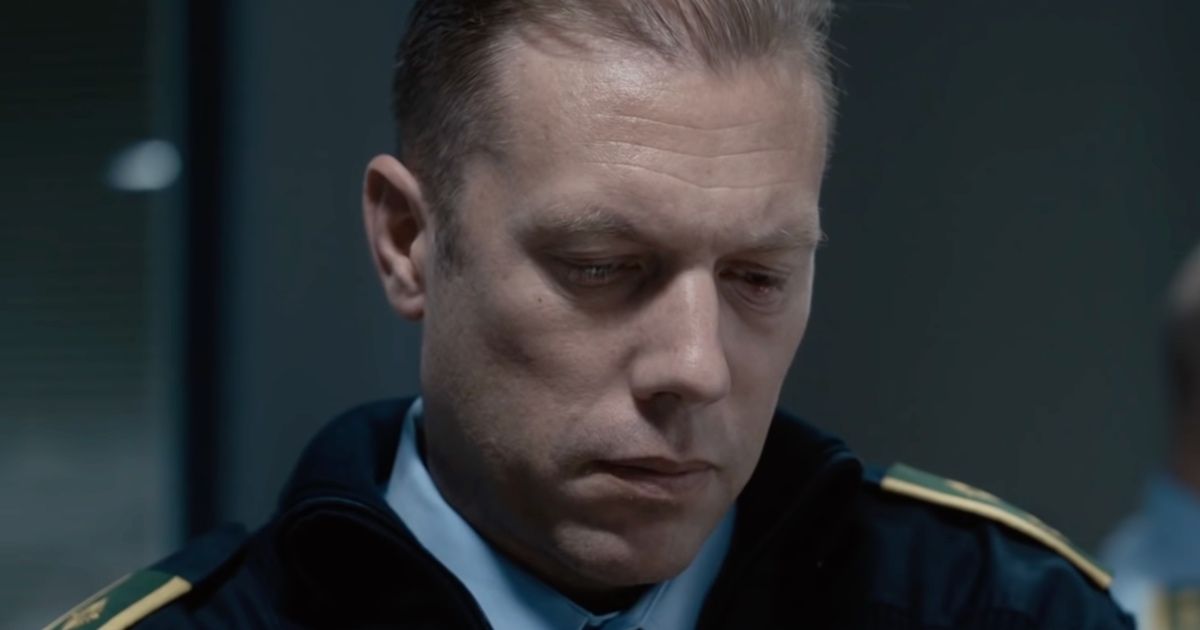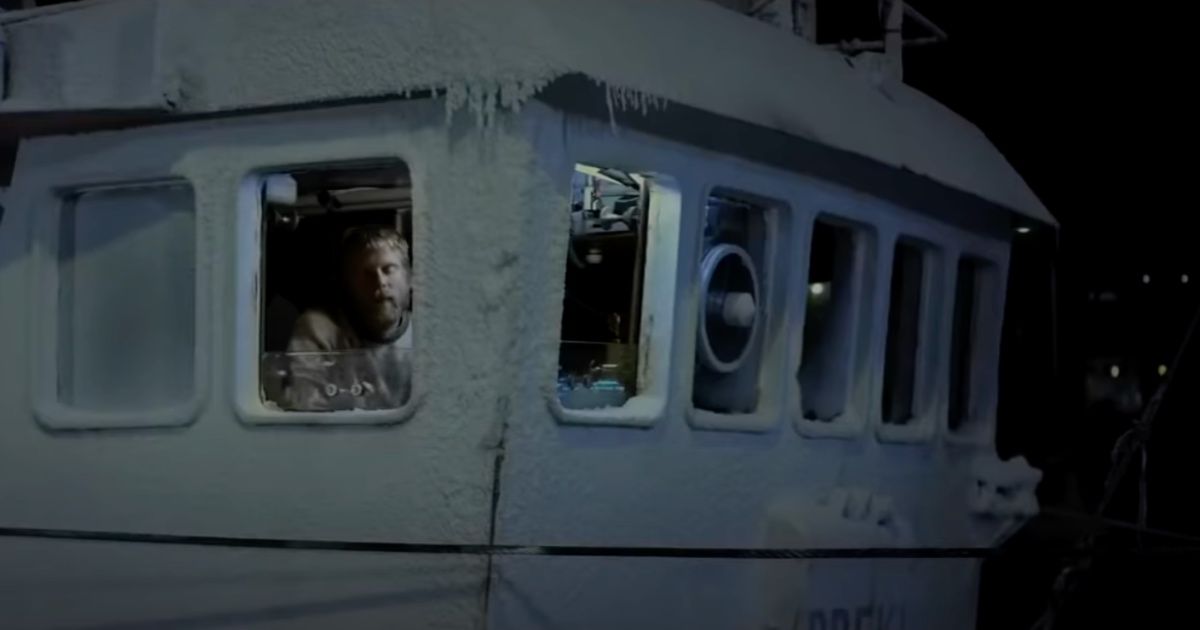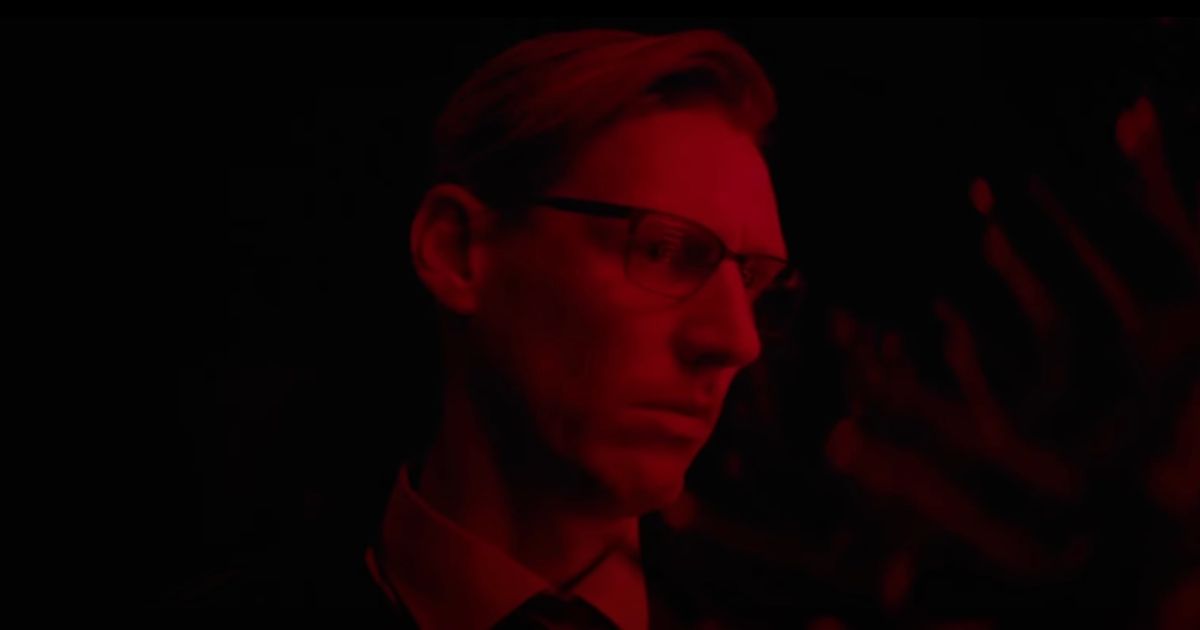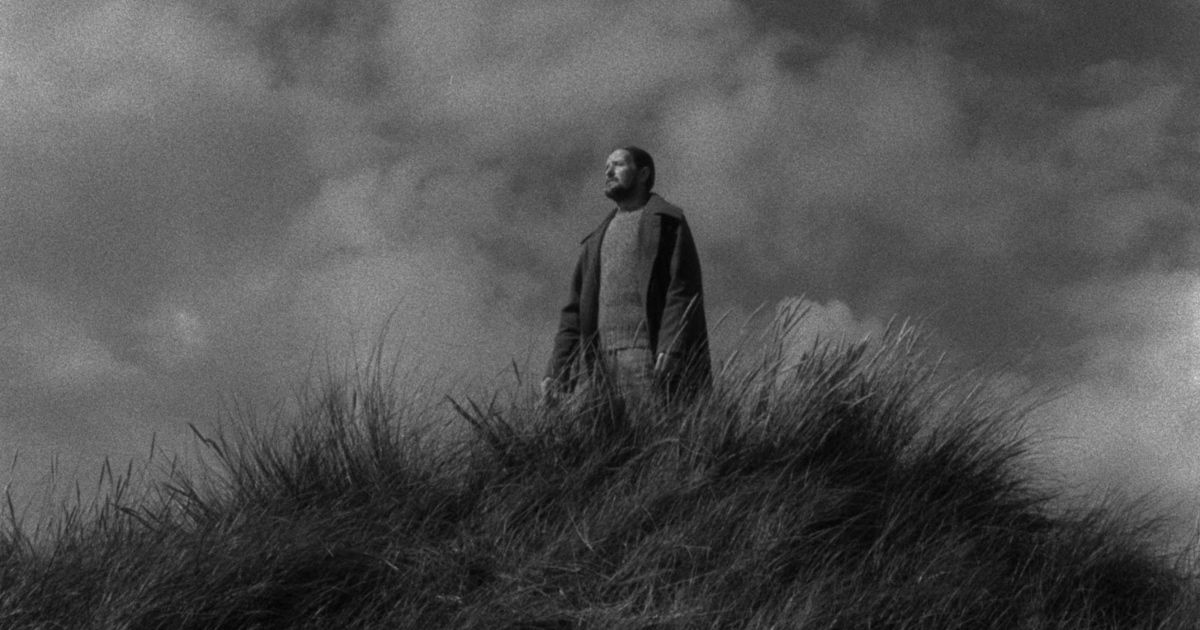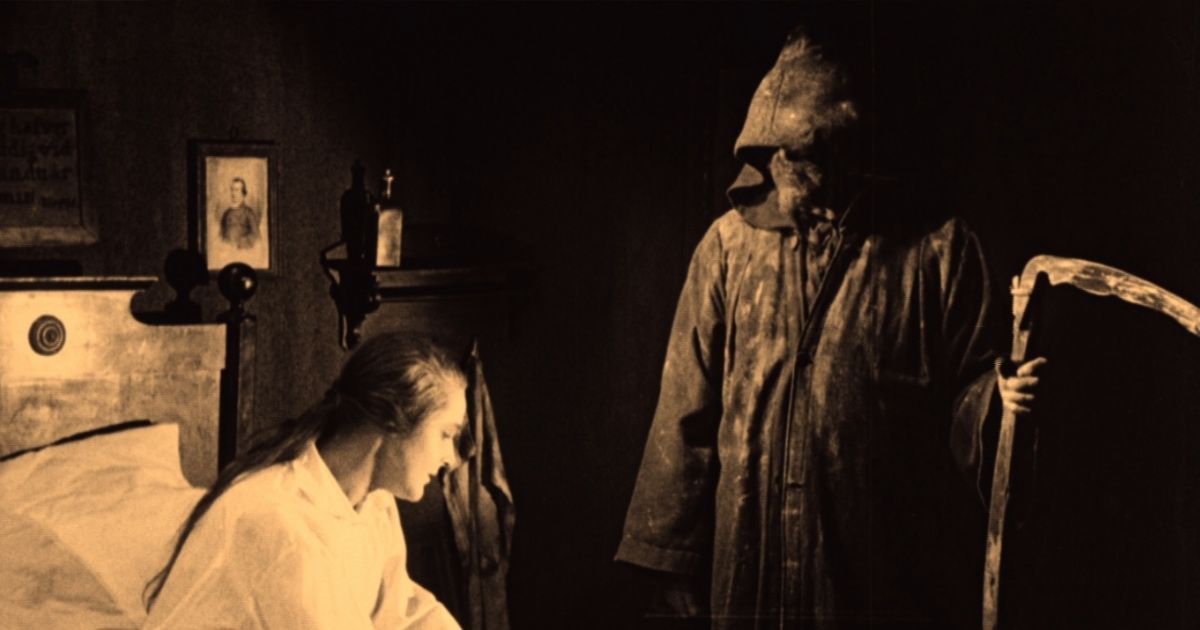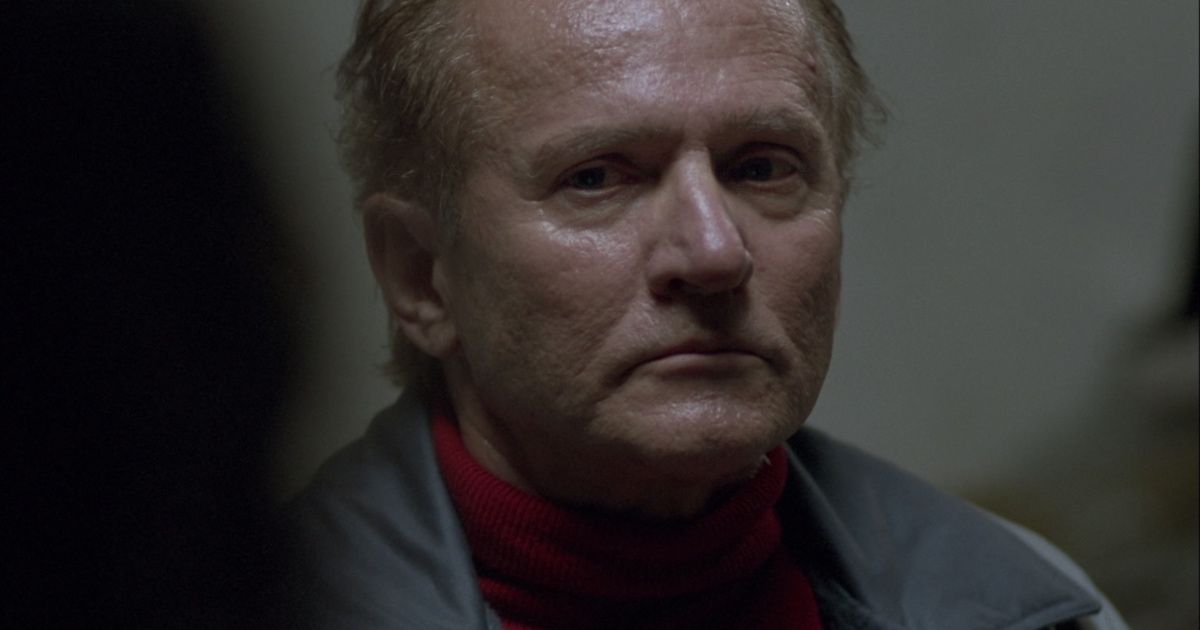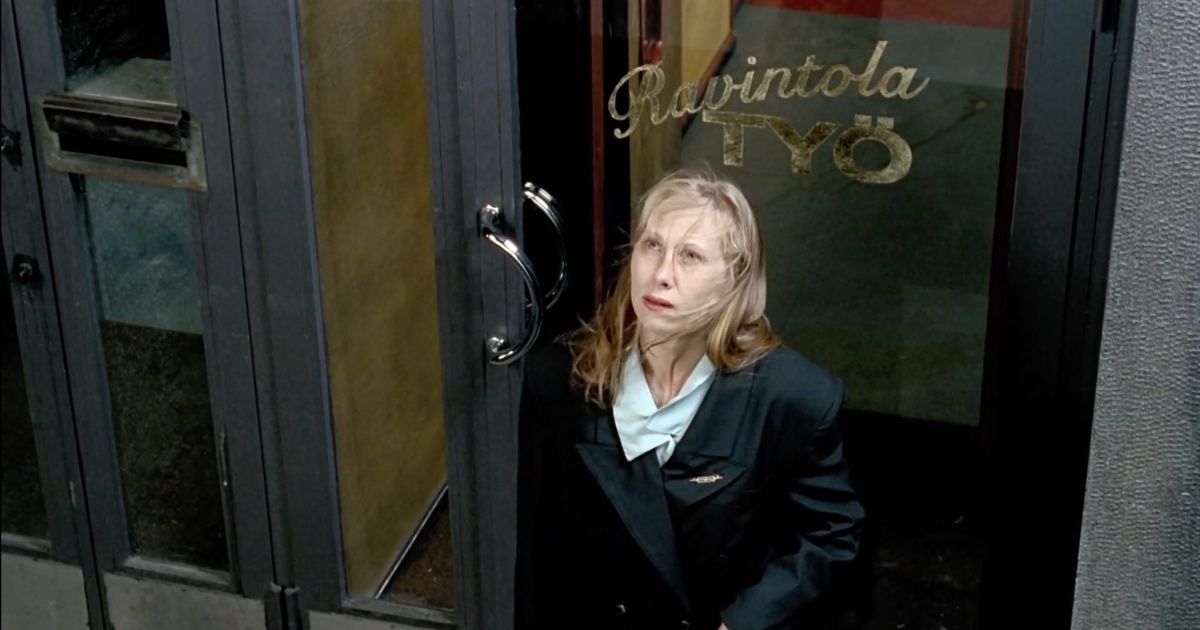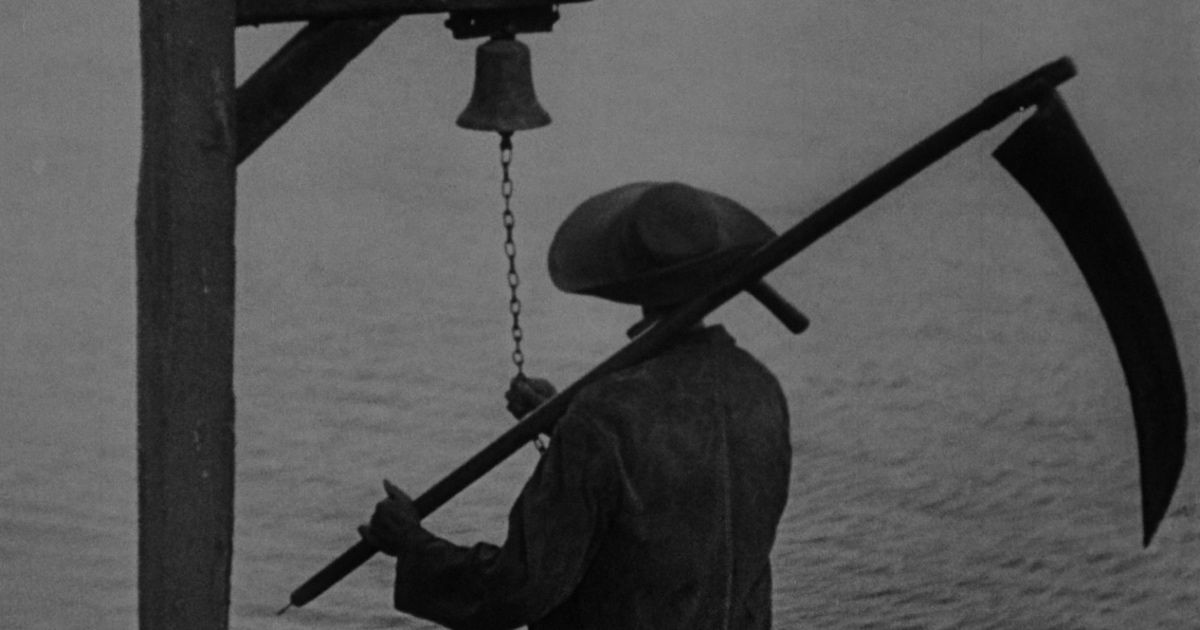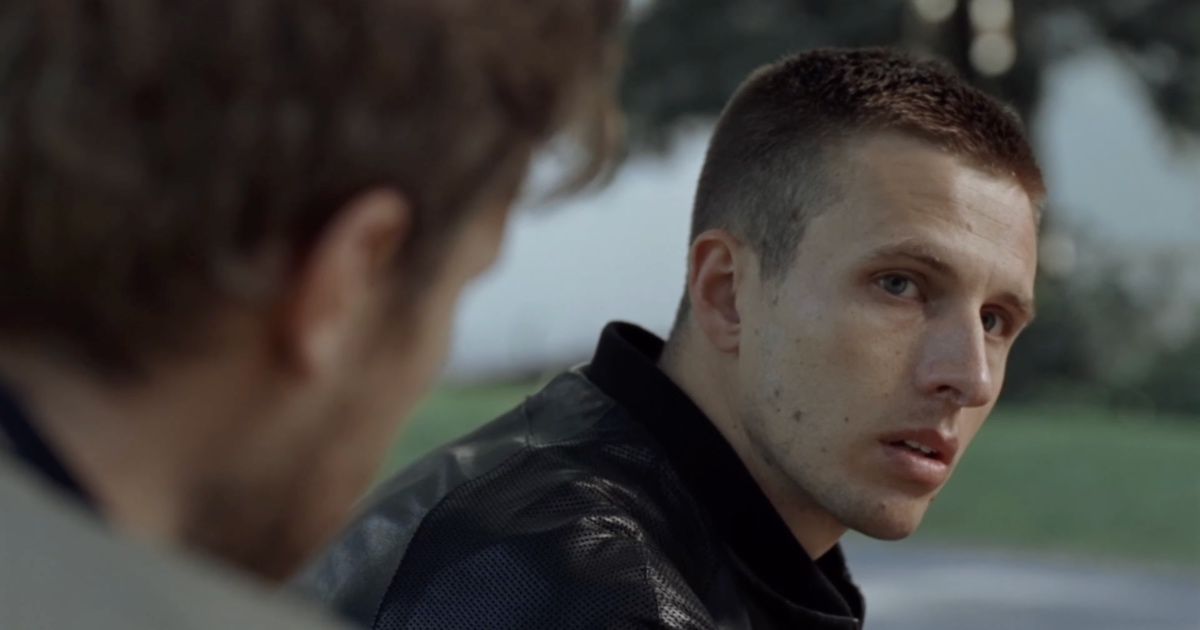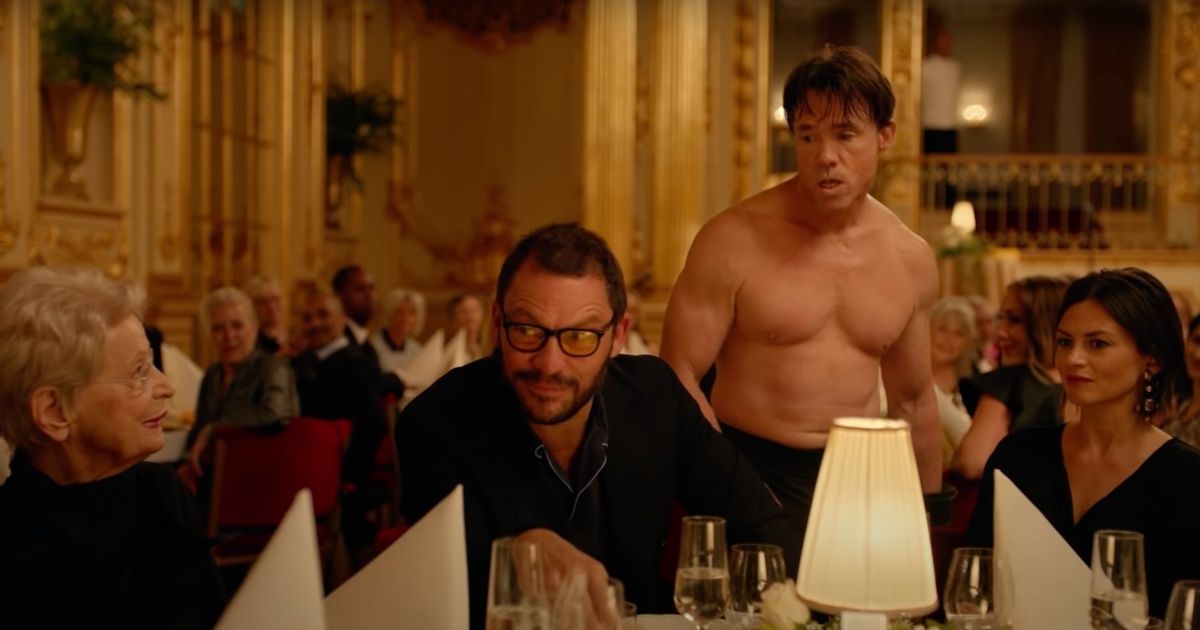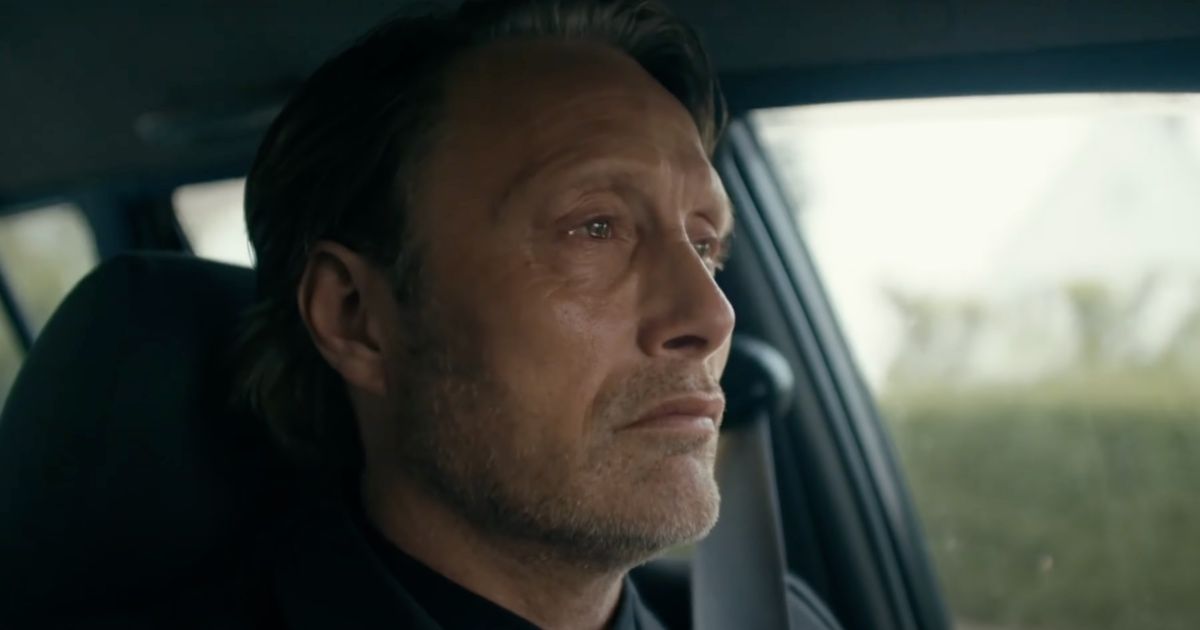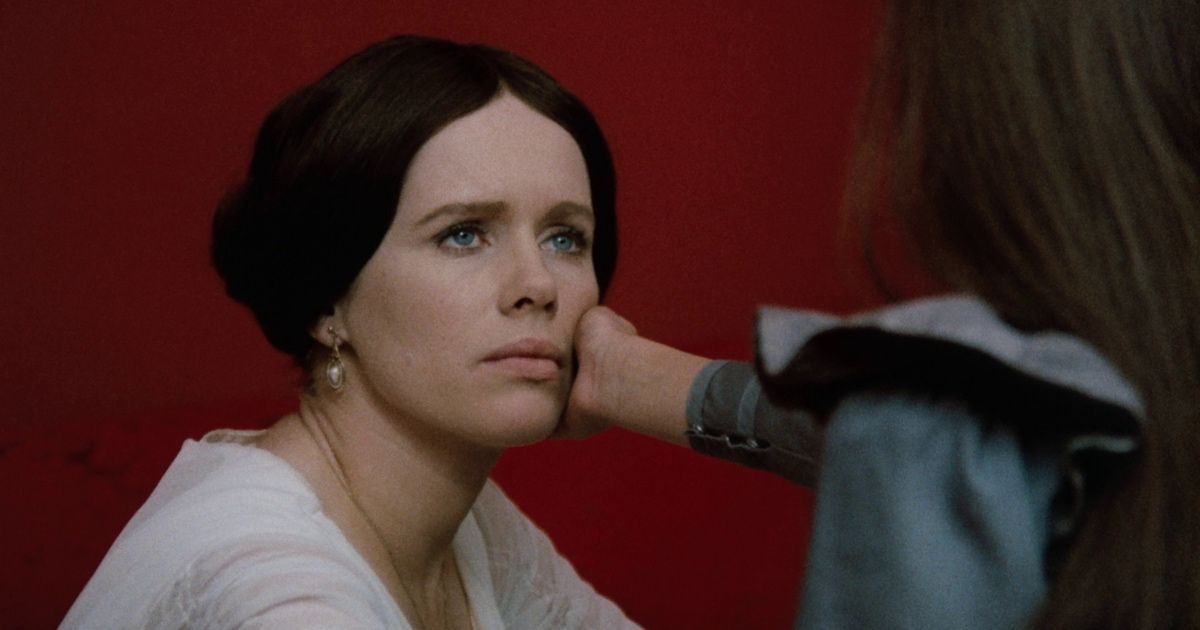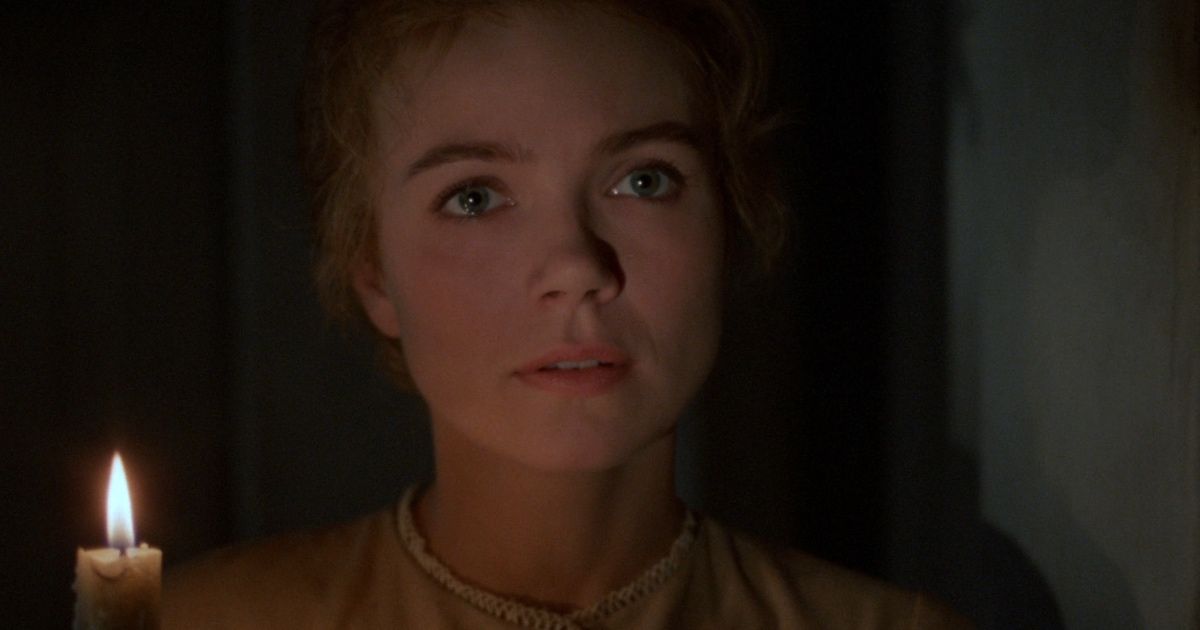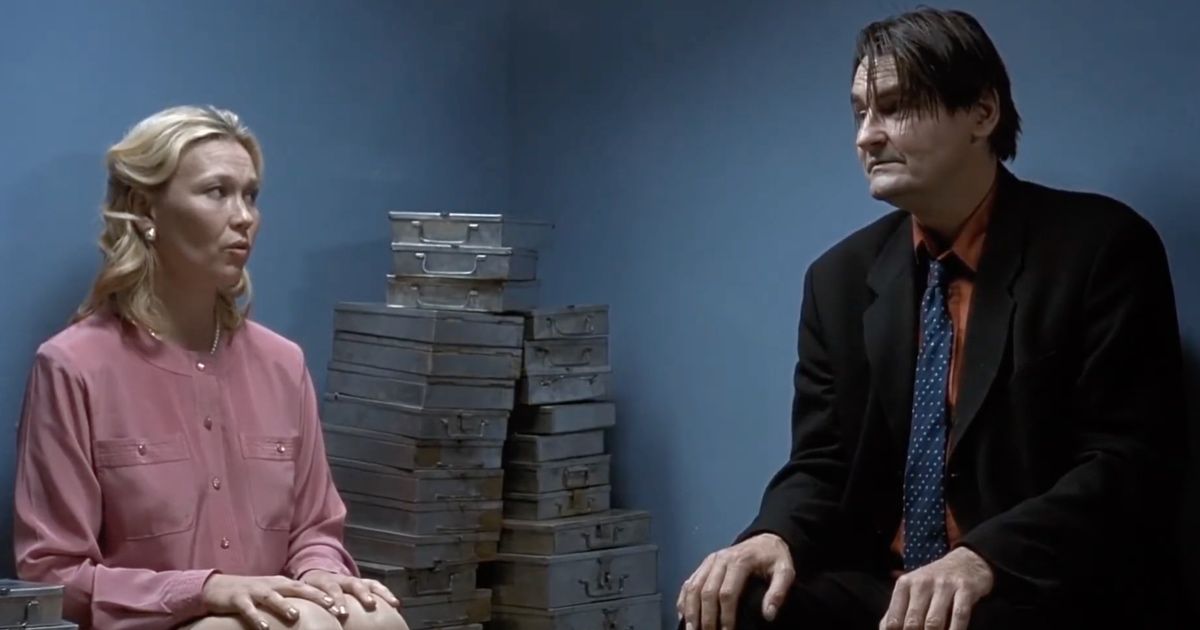Scandinavian cinema has a rich and diverse history, with a long tradition of producing groundbreaking and critically acclaimed films. From the early days of Swedish silent cinema to the recent successes of Danish and Norwegian filmmakers, Scandinavian movies have significantly impacted the global film industry.
In this article, we will explore the greatest Scandinavian movies of all time, taking a deep dive into the works that have defined the region's cinema. We will examine classic films like Ingmar Bergman's The Seventh Seal and Carl Theodor Dreyer's Ordet, as well as modern masterpieces such as Nicolas Winding Refn's Pusher and Ruben Östlund's Force Majeure.
Whether you are a die-hard cinephile or simply looking to expand your cinematic horizons, this article will surely introduce you to some of the most unforgettable films ever made.
25 The Celebration
The Celebration was co-written and directed by Thomas Vinterberg. The movie is the first example of the Dogme 95 movement and tells the story of a family gathering at a Danish country estate to celebrate the patriarch's 60th birthday. However, the celebration quickly turns sour as long-held family secrets are revealed.
Following the movement's rules, the film is shot in a handheld camera style, which gives it a raw and intimate feel. At the same time, Vinterberg's directing creates a tense and claustrophobic atmosphere that builds steadily towards the film's shocking climax.
24 Trollhunter
Trollhunter was directed by André Øvredal, and it features a mix of mockumentary-style film and horror. The film follows a group of student filmmakers as they investigate a series of mysterious bear killings in the Norwegian wilderness, only to discover that the real culprits are trolls.
The performances in Trollhunter are solid, with the actors delivering natural and believable performances despite the fantastical nature of the story. The film's script is also effective, with its mix of horror, humor, and folklore, creating an engaging and entertaining narrative.
23 The Girl with the Dragon Tattoo
The Girl with the Dragon Tattoo was directed by Niels Arden Oplev, and it is based on the homonymous novel by Stieg Larsson. The film follows journalist Mikael Blomkvist (Michael Nyqvist) and computer hacker Lisbeth Salander (Noomi Rapace) as they investigate the disappearance of a wealthy businessman's niece.
The movie is moody and dark, and it makes great use of the atmospheric Swedish landscape. At the same time, Noomi Rapace delivers an impressive and powerful portrayal of Lisbeth Salander, while Michael Nyqvist brings depth and authenticity to his role. Better than the remake.
22 The Hunt
The Hunt was co-written, co-produced, and directed by Thomas Vinterberg. It stars Mads Mikkelsen in the role of Lucas, a kindergarten teacher who is falsely accused of sexually abusing a child, and the resulting chaos and destruction that ensues in his life and the community.
The film is a powerful exploration of the destructive nature of rumors and false accusations and their devastating impact on an individual's life. Mikkelsen's performance is outstanding, capturing his character's emotional turmoil and anguish with raw and affecting intensity. A thought-provoking and emotionally charged movie.
21 Border
Directed by Ali Abbasi and based on the homonymous short story by John Ajvide Lindqvist, Border tells the story of Tina (Eva Melander), a customs officer with a unique ability to sniff out contraband, who meets a mysterious traveller with a striking resemblance to her.
Abbasi's direction is visually stunning, with beautiful cinematography that captures the story's natural landscapes and eerie atmosphere. The makeup and special effects used to create the film's fantastical elements are also impressive and add to the film's otherworldly feel. Eva Melander is remarkable in her performance.
20 Insomnia
Insomnia was directed by Erik Skjoldbjærg, and was later remade in Hollywood by Christopher Nolan in 2002. The film tells the story of a veteran police detective named Jonas Engström (Stellan Skarsgård), who is sent from Oslo to a small town in northern Norway to investigate the murder of a teenage girl.
Insomnia is characterized by its bleak and atmospheric portrayal of the Norwegian landscape and the use of natural lighting and muted colors, creating a sense of unease and disorientation. Stellan Skarsgård delivers one of his greatest performances ever.
19 The Guilty
The Guilty was co-written and directed by Gustav Möller. It follows Asger Holm (Jakob Cedergren), a police officer who has been temporarily assigned to work at an emergency call center. When he receives a frantic call from a woman who has been kidnapped, Asger must use all his skills to try to save her.
The entire story takes place in the call center, and its mise-en-scène is a masterful exercise in tension and suspense. Möller's direction is amazing in creating a claustrophobic atmosphere that keeps the audience on the edge of their seats.
18 The Deep
The Deep was co-written, co-produced, and directed by Baltasar Kormákur, and it is based on the true story of Guðlaugur Friðþórsson. The film follows the story of a fisherman named Gulli, who miraculously survives a shipwreck in the freezing waters of the North Atlantic.
The Deep is a visually stunning film capturing the rugged beauty of Iceland's landscape and the harsh realities of life in a fishing community. At the same time, the director opted for a sow-paced rhythm, allowing the audience to fully immerse themselves in Gulli's experience.
17 Dogs Don't Wear Pants
Dogs Don't Wear Pants was co-written and directed by J-P Valkeapää. The film follows Juha (Pekka Strang), a grieving widower who finds solace in BDSM after meeting a dominatrix named Mona (Krista Kosonen). The film is a complex and intriguing exploration of grief, trauma, and sexual desire.
Valkeapää's direction is visually stunning, with beautiful neon cinematography that captures both the intimacy and the intensity of Juha and Mona's relationship. Pekka Strang delivers a captivating performance as Juha, while Krista Kosonen offers depth and complexity to her character's seemingly cold and detached exterior.
16 Ordet
Ordet was directed by Carl Theodor Dreyer and released in 1955. It tells the story of a family in a rural community in Denmark and their conflicts and religious beliefs. The film explores themes such as faith, love, and the relationship between life and death.
The film is widely considered a masterpiece of cinema. The cinematography is stunning, with a restrained and almost meditative style that reflects the film's themes. The performances are also exceptional, with each actor bringing depth and nuance to their characters. Overall, Ordet is a stunning work of art.
15 The Phantom Carriage
Victor Sjöström directed The Phantom Carriage based on the novel Thy Soul Shall Bear Witness! by Selma Lagerlöf. The film is widely regarded as a masterpiece of the silent era and a milestone in the history of Swedish cinema. According to Swedish folklore, the last person to die on New Year's Eve will be condemned to drive the phantom carriage that collects the souls of the dead.
The film is a powerful exploration of redemption, and it presents an innovative use of flashbacks and dream sequences. Simultaneously, it features breathtaking cinematography for the time.
14 Let the Right One In
Let the Right One In was directed by Tomas Alfredson and is based on the homonymous novel by John Ajvide Lindqvist. The film tells the story of Oskar (Kåre Hedebrant), a lonely and bullied 12-year-old boy who befriends Eli (Lina Leandersson), a mysterious and pale girl who moves in next door.
Alfredson's direction is masterful, creating an atmosphere of unease and dread that is both captivating and unsettling. The cinematography is also impressive, with beautiful and haunting shots that capture the mood and atmosphere of the story. A must-watch horror.
13 Drifting Clouds
Drifting Clouds was written, produced, edited, and directed by Aki Kaurismäki, and it follows the story of a married couple, Ilona (Kati Outinen) and Lauri (Kari Väänänen). They both lose their jobs in the same week and struggle to find new employment while dealing with personal and financial setbacks.
The film's visuals are beautiful, capturing the grey and dreary atmosphere of Helsinki and the emotional struggles of the characters. Moreover, the film's pacing is slow and deliberate, allowing the audience to fully immerse themselves in the characters' lives.
12 Vampyr
Directed by Carl Theodor Dreyer and released in 1932, Vampyr is known for its innovative use of shadow and light to create a sense of eerie atmosphere and mystery. The film is a haunting and surreal exploration of the horror genre, following a young man who becomes embroiled in a series of supernatural events.
Dreyer's visual style is masterful, with the film's dreamlike sequences and surrealist imagery adding to its haunting beauty. After many decades after its release, Vampyr continues to inspire and influence horror filmmakers to this day with its impressive visuals.
11 Oslo, August 31st
Co-written and directed by Joachim Trier, Oslo, August 31st follows the story of Anders (Anders Danielsen Lie), a recovering drug addict who is given a day out of the clinic to attend a job interview in Oslo. As he wanders the city, he is forced to confront the harsh realities of his past and present.
The film raises important questions about the nature of addiction and the difficulties of recovery, adding a layer of complexity to its exploration of the human condition. Furthermore, Anders Danielsen Lie is amazing in his portrayal of Anders.
10 The Square
The Square was written and directed by Ruben Östlund, and it revolves around Christian (Claes Bang), the curator of a contemporary art museum in Stockholm. He's promoting an exhibition called "The Square", a symbolic safe space where all people are equal and have equal rights.
The film is beautifully shot, with stunning visuals and a cleverly constructed plot that keeps the audience engaged throughout. At the same time, It features a stellar cast led by Claes Bang as Christian, who delivers an outstanding performance. A satirical masterpiece.
9 Another Round
Another Round was co-written and directed by Thomas Vinterberg. It tells the story of four high school teachers who decide to test a theory that maintaining a constant level of alcohol in their blood would improve their lives. The movie stars Mads Mikkelsen, Thomas Bo Larsen, Magnus Millang, and Lars Ranthe.
The film is a powerful exploration of the relationship between alcohol and happiness and the consequences that come with addiction. Vinterberg's direction is masterful, capturing both the euphoria and despair of alcoholism and its meaning in Danish society. The cinematography is beautiful.
8 Cries and Whispers
Cries and Whispers was released in 1972 and was directed by Ingmar Bergman. The movie is known for its masterful use of visual symbolism. The film follows three sisters named Agnes (Harriet Andersson), Karin (Ingrid Thulin), and Maria (Liv Ullmann), who reunite at their family estate for Agnes's terminal cancer.
The film's stunning visual style is a departure from Bergman's classic black-and-white aesthetic, featuring a rich and vibrant color palette. The film's script is also highly effective, with its exploration of existential themes and complex human emotions. Another masterpiece by Bergman.
7 Babette’s Feast
Babette's Feast was directed by Gabriel Axel and it is based on the homonymous story by Isak Dinesen. The film tells the story of two sisters living in a small, isolated Danish village, who take in a French refugee named Babette (Stéphane Audran), who becomes their cook for many years.
The film's lush cinematography captures the beauty of the meals Babette prepares, making the food itself a central character in the story. The performances are also exceptional, especially Stéphane Audran in delivering a nuanced and powerful portrayal of Babette. Beautifully crafted and deeply affecting.
6 The Man Without a Past
The Man Without a Past was written, produced, and directed by Aki Kaurismäki. The film tells the story of a man (Markku Peltola) who is beaten and left for dead in Helsinki. When he wakes up from a coma, he has no memory of his past or identification.
The film's deadpan humor and minimalist style are hallmarks of Kaurismäki's work. Moreover, the performances of all the actors are flawless, particularly that of the lead actor Markku Peltola, who portrays the man without a past with subtlety and charm.

